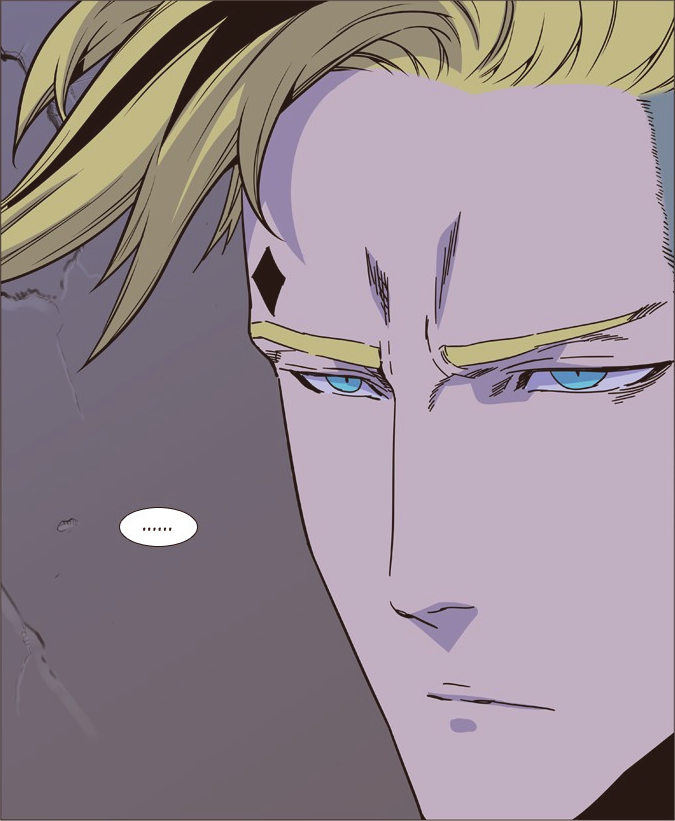

Why don't we see a lunar eclipse every month if a Full Moon is needed for a total lunar eclipse? At the same time, the Moon is at (or very near) a lunar node, so the Sun, the Moon, and the Earth are aligned in a straight (or nearly straight) line.

Lunar nodes are the locations where the Moon crosses the Earth's orbital plane. This means that Earth's antumbra plays no role in lunar eclipses. On the other hand, if only the outer part of Earth's shadow covers the Moon, a penumbral lunar eclipse takes place.Įarth's umbra extends into space far beyond the orbit of the moon. When the three bodies are aligned in a way that the Moon is partly covered by the Earth's umbra, a partial lunar eclipse is the result. When the Sun, Earth, and Moon come together in a straight line, a total lunar eclipse takes place. Otherwise, the Earth cannot cast a shadow on the Moon's surface and an eclipse cannot take place. Sun, Earth, and Moon Alignedįor a lunar eclipse to occur, the Sun, Earth, and Moon must be roughly aligned in a line. Antumbra - the partly shaded area beyond the umbra.ĭuring a total lunar eclipse, Earth's umbra completely covers the Moon.The Sun casts the Earth's shadow on the Moon's surface.Įarth's shadow can be divided into three parts: During a total lunar eclipse, the Earth comes between the Sun and the Moon and blocks any direct sunlight from reaching the Moon. The Moon does not have its own light but shines because its surface reflects the Sun's rays. The astronomical term for this type of alignment is syzygy, which comes from the Greek word for being paired together. Total eclipses of the Moon happen at Full Moon when the Sun, Earth, and Moon are aligned to form a line. Totality will last 1 hour and 25 minutes during the May 15–16 total lunar eclipse of the Flower Moon. Business Date to Date (exclude holidays).


 0 kommentar(er)
0 kommentar(er)
